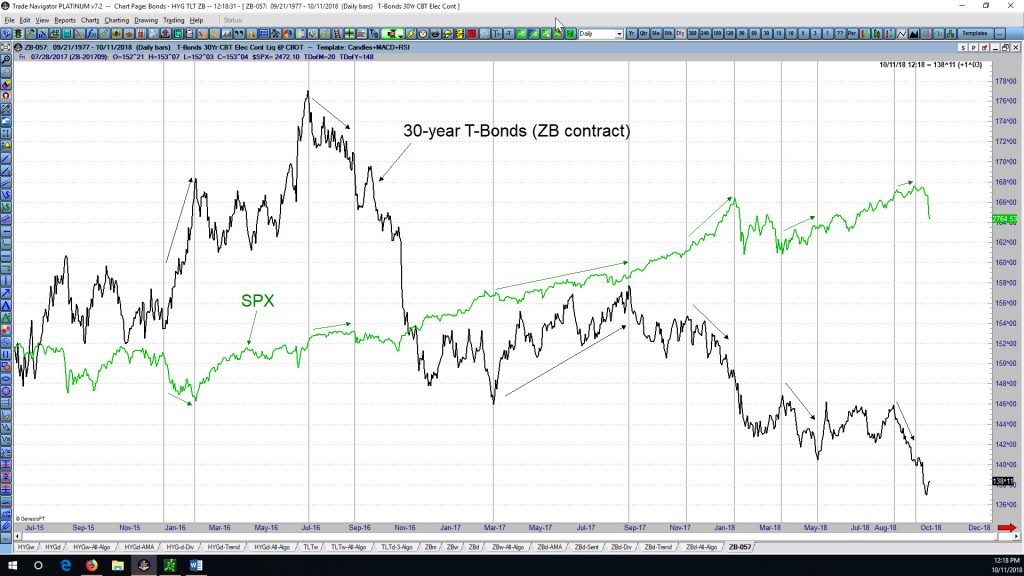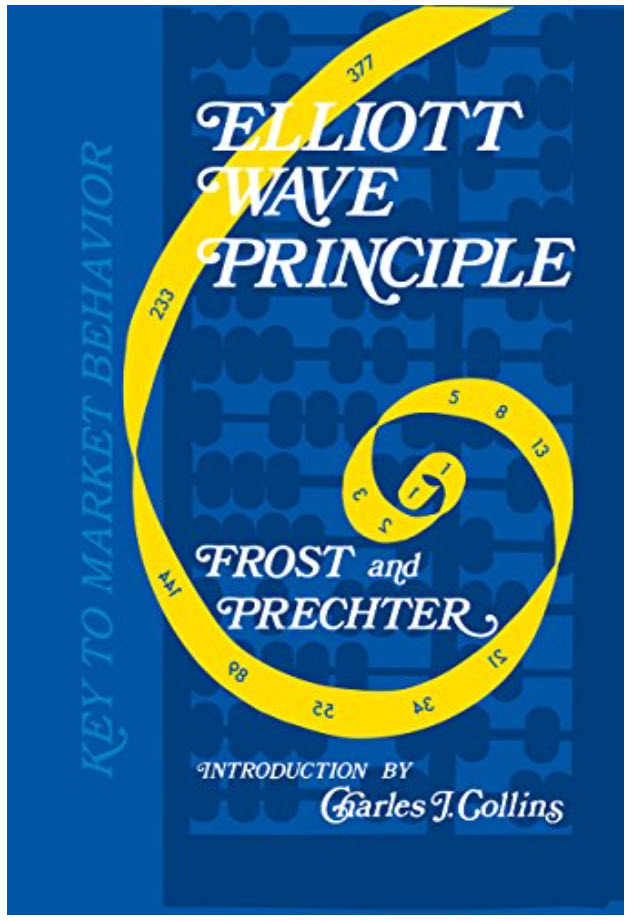Is Mainstream Financial Media Fake News?
Wouldn’t it be nice to see a financial news report that simply reported the facts? For instance, the following would be an example of accurate reporting: “The stock market was down X percent today.” But the following is how financial media almost always reports the news: “The stock market was down X points today on {insert a rationale here}.” Stating ANY REASON for movements in the stock market is more than suspect. It is the perfect example of fake news.
Right now, many TV news sources, talking-head pundits and politicians are claiming that the Federal Reserve has become too aggressive in raising rates and is therefore the culprit behind yesterday’s stock market plunge. Of course, there is absolutely no real proof of this. After all, the Fed generally follows the smoothed trend in the bond market when it comes to rate changes. The real reason the Fed has been raising rates is because the bond market has generally been moving to the downside (and yields to the upside) since July 2016.
Will rates continue higher and bonds lower? A Hurst cycle analysis of US bonds doesn’t think so. If rates turn here, and start moving lower, will that mean that the US stock market will move higher? Not necessarily. There is no consistent correlation between the two. (Click on the chart to enlarge).
So the narrative being spewed about why stocks moved down so hard yesterday is unlikely to hold true for long. As soon as the narrative no longer fits what’s happening in the markets, another “reason” will be drummed up, and the old rational will be forgotten, and even denied.
There’s a way to avoid the noise from mainstream financial news sources. It’s called Technical Analysis, which allows the price action on charts to speak for itself. There are many styles of technical analysis. Mine happens to be combining Elliott Wave, Hurst Cycle Analysis, market sentiment, and indicator divergences. The most interesting aspect of this approach is that, in my experience, it can and often does accurately predict market movements that fly in the face of traditional fundamentals-based news reports.
Conclusion:
Turn down the media noise and eliminate emotional bias by adding technical analysis to your investment approach today!
Invitation:
Please join me for my next weekly “Counts” Webinar, where I go over my Elliott Wave counts and associated Fibonacci price targets for many of the world’s major stock markets, commodities, currencies and bonds. Hurst cycle analysis as well as a number of other forms of technical analysis will also be considered on virtually all items. Don’t have time for a webinar? There are three tiers of paid subscriptions to choose from. A growing number of traders worldwide trust and prefer the information we provide. Thank you for your consideration.
Sid Norris – ElliottWavePlus.com



